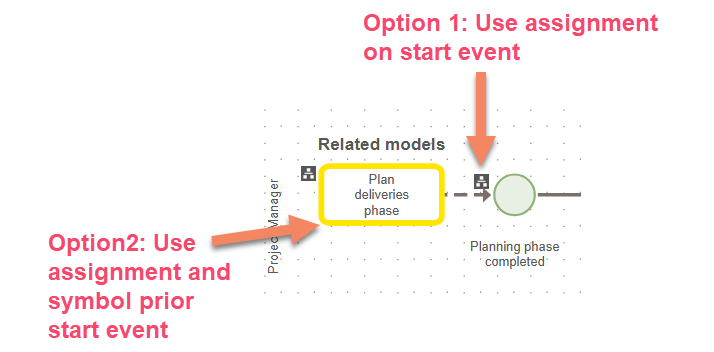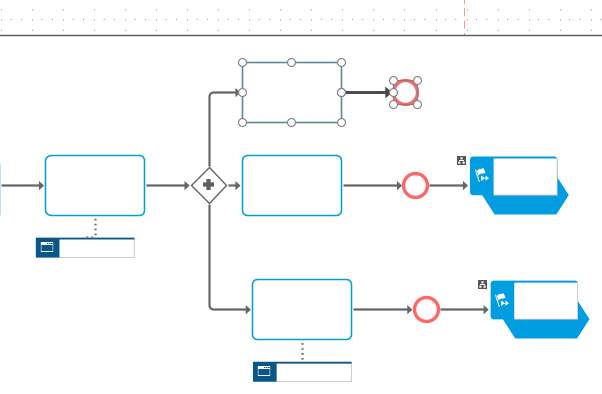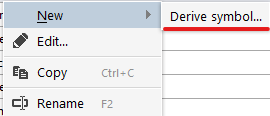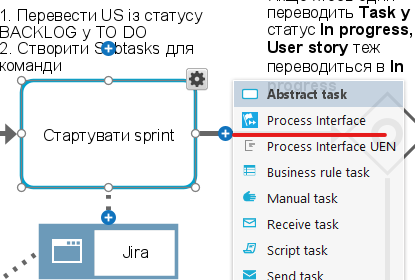Hi,
to increase the user experience when navigating across our BPMN models, we're looking for best practices out there how others may have done it. Currently we're exploring the following type of design but maybe some of you have better recommendations. The boxes in yellow and the dotted arrow lines represent the related models to this model. This is a classical example of before and next models but we also have use cases where models can be interrelated in the middle of a process.
- How have you solved such linkage?
- And depending on the solution you have set up, how much was it customised or out of the box?
- Also how do you use assignments (see option 1 below) or assignment and symbol (see option 2 below)?
- If option 2, how do you keep up with the quality and ensure if the text is changes in the model, the object is updated as well?
I look forward to reading your input and thank you in advance for your help.











Klemens Hauk on
Hello Gaelle,
interesting topic with a lot of different aspects to discuss. First of all my question: Which model type are you using? I think you customized an existing model type? Because considering the standard BPMN 2.0 notation (e.g. Enterprise BPMN collaboration diagram) what you are doing is not allowed. If you want to stay within the standard you have to use pools where the sub-process "Plan deliveries phase" and "Complete phase X" are embedded. Then message flows from the sub-process to the start event or from the end events are possible. This is a very common way to solve your use case based on standard BPMN.
Do not mix the "technical" possibility of ARIS to create assignments from each object to another model with the described functionality in BPMN. BPMN only knows sub-processes and call activities to create a hierarchy of processes (sub-process) or to use reusable processes (call activities). So another common way is to model top down starting with a "big picture" as model containing only connected sub-processes and then modeling the details in lower steps of the hierarchy. In your case you would have in the big picture three sub-processes "Plan deliveries phase", (the process in the middle also as sub-process) and "Complete Phase x" linked to three detailed models.
If you do not want to use BPMN on higher levels, you can use any other model type like "value-added chain diagram" to present an overview about you process landscape and branch to BPMN models in the lower levels for details.
These are some ideas.
Regards
Klemens